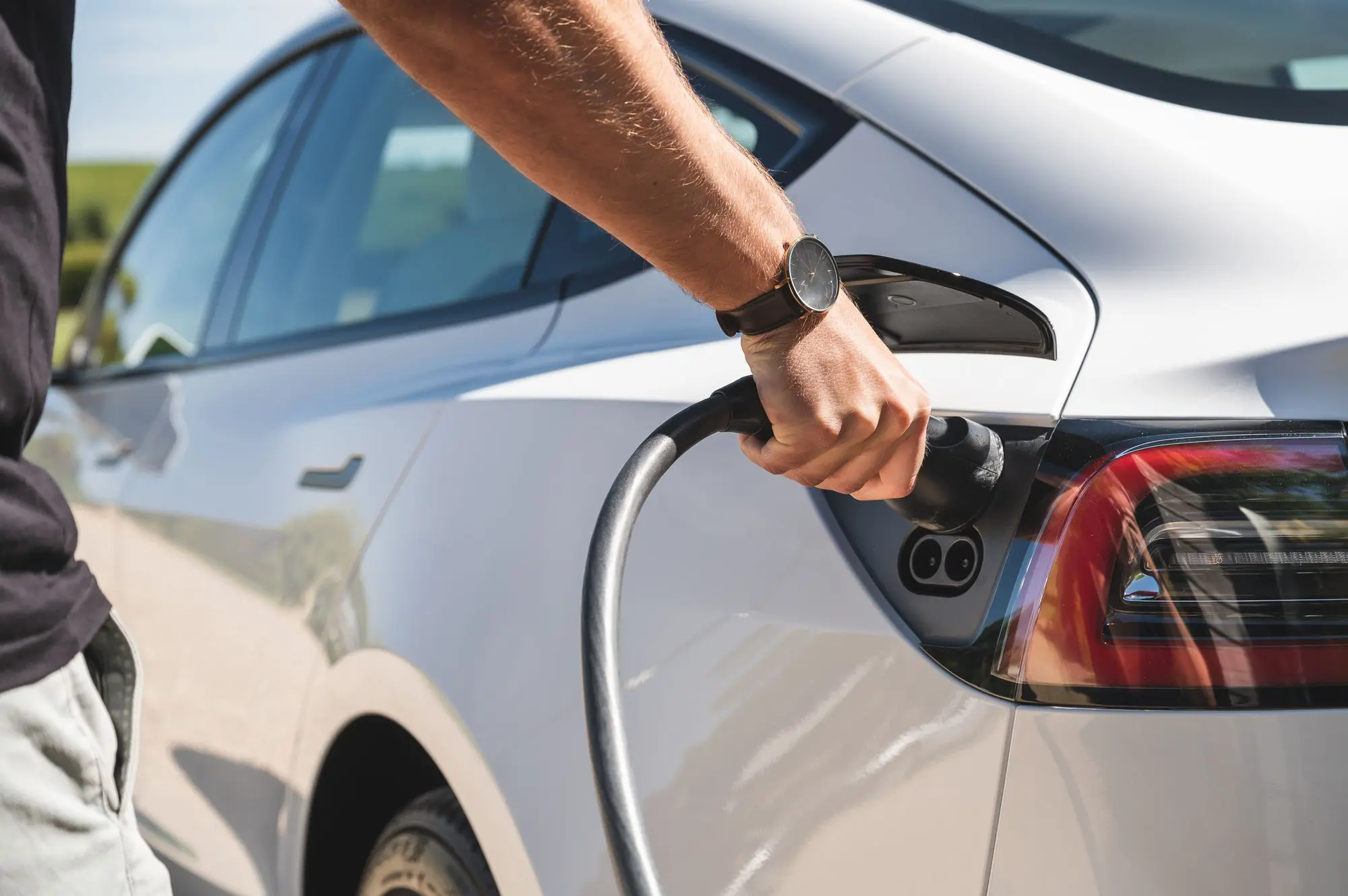
EV Strategy 2022 Business Case Advice
End client
NSW Department of Planning Industry and Environment
Services
Location
VLC was engaged by NSW DPIE to develop the economic and financial modelling for the business case of the Electric Vehicle (EV) Strategy 2022 policy package.
Client requirements
NSW DPE was developing an EV policy package to further support the uptake of electric vehicles in the State. The package consisted of a mix of measures, including subsidies for EV buyers and various grants to extend the scope of EV charging in NSW and develop new forms of charging.
NSW DPIE engaged VLC to estimate the impact of the new measures on EV uptake and, based on this uptake modelling, carry out the Cost-Benefit Analysis (CBA) and the financial assessment of the package. VLC then led the writing of the corresponding chapters in the business case.
Delivered outcome
VLC used its EV uptake model to assess the impact of the various measures contained in the policy package. VLC had previously built the EV uptake model while working for NSW DPIE and NSW Treasury in the development of the EV Strategy 2021. The uptake model analyses the demand for EVs based on the utility of EVs compared to standard Internal Combustion Engine, with a utility combining monetary components (e.g. purchase and running costs) and non-monetary aspects (e.g. easiness of charging)
VLC then built the CBA for the two policy options considered in the business case. Benefits included saved petrol imports, lower greenhouse gas emissions and lower cost of health impacts. VLC also prepared the financial analysis of the two policy options, evaluating the impact of the measures on the budget of the relevant NSW government bodies. VLC then drafted the related sections of the Business Case.
VLC worked in close collaboration with the DPIE team, who were responsible for the other chapters of the Business Case and of the emissions modelling. This helped ensuring that the Business Case was ready for submission to Cabinet in advance of the deadline.